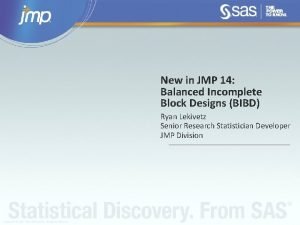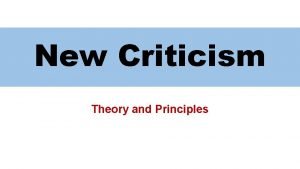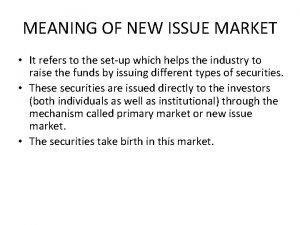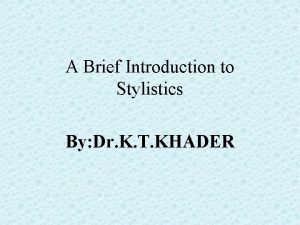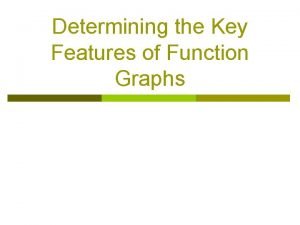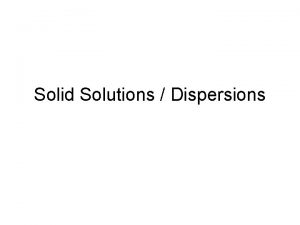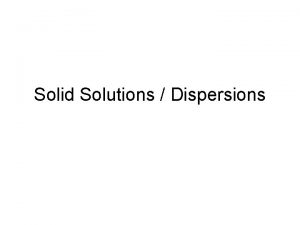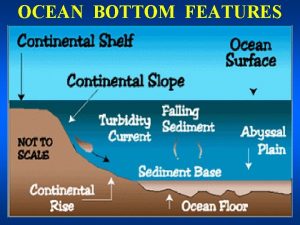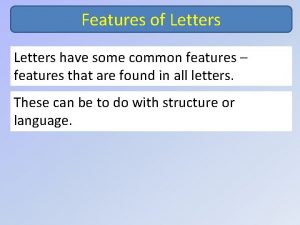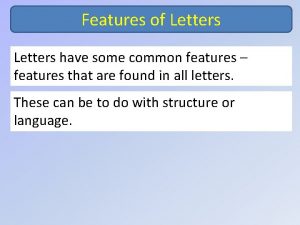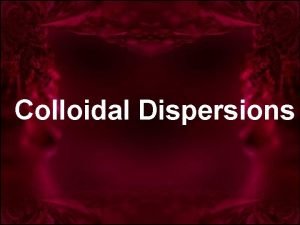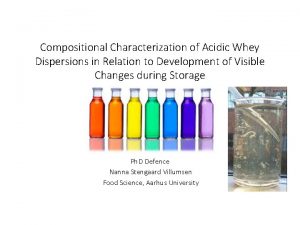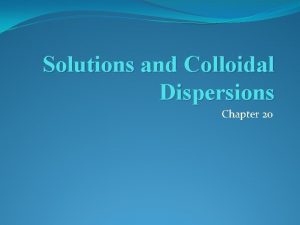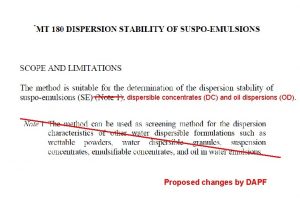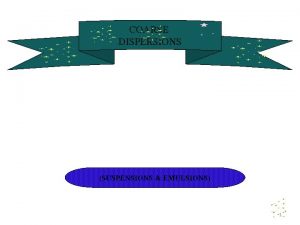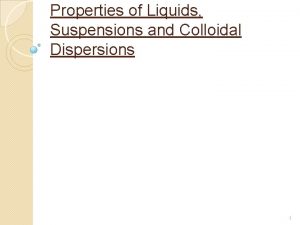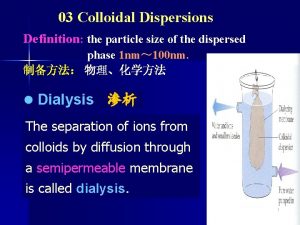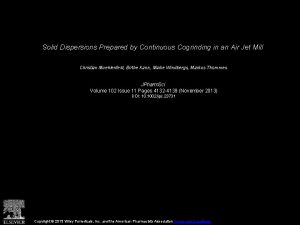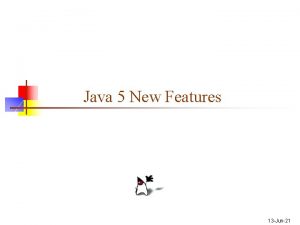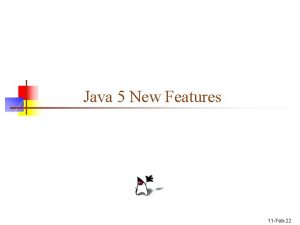New features dispersions function of the current material






































































- Slides: 70



New features







dispersions function of the current material




















Start fit





Create materials

Create materials – n and k fix

Dispersion function Picture: wikipedia

amplifying lasing materials Oscillator with neg. force Glass, Polymer Cauchy function k<0 non absorbing Semiconductor Forouhi-Bloomer function k=0 0<k≤ 1 Superposition of oscillators Dye Oscillator absorbing k>0 Oscillator in UV Metal k≥ 1 + Drude (Plasmon) Function

Cauchy: in general Picture: wikipedia

Cauchy: for n and k Picture: wikipedia

Cauchy:

Cauchy:

Cauchy:

Cauchy:

Cauchy:

Cauchy:

Cauchy: Thickness of a Cauchy layer (substrate = Si(100)

amplifying lasing materials Oscillator with neg. force Glass, Polymer Cauchy function k<0 non absorbing Semiconductor Forouhi-Bloomer function k=0 0<k≤ 1 Superposition of oscillators Dye Oscillator absorbing k>0 Oscillator in UV Metal k≥ 1 + Drude (Plasmon) Function

amplifying lasing materials Oscillator with neg. force Glass, Polymer Cauchy function k<0 non absorbing Semiconductor Forouhi-Bloomer function k=0 0<k≤ 1 Superposition of oscillators Dye Oscillator absorbing k>0 Oscillator in UV Metal k≥ 1 + Drude (Plasmon) Function

Lorentz – parameter study

Lorentz – parameter study

Lorentz – parameter study

Lorentz – parameter study

amplifying lasing materials Oscillator with neg. force Glass, Polymer Cauchy function k<0 non absorbing Semiconductor Forouhi-Bloomer function k=0 0<k≤ 1 Superposition of oscillators Dye Oscillator absorbing k>0 Oscillator in UV Metal k≥ 1 + Drude (Plasmon) Function

Drude Picture: wikipedia

Drude – parameter study

Drude – parameter study

Drude – parameter study

Dispersion functions: Effective medium approach Layers out of two components

Dispersion functions: Effective medium approach Incomplete layers – material + void

Dispersion functions: Effective medium approach Surface roughtness

Lorentz-Lorentz: eh = 1 The host is chosen as air. This is the earliest EMA theory, and is based on the Clausius. Mossotti equation. It assumes that the individual constituents are mixed on the atomic scale, and is therefore of limited usefulness in describing real materials, which tend to be mixed on a much larger scale. Tompkins HG, Irene EA (2005) Handbook of Ellipsometry. William Andrew Publishing. NY

Maxwell-Garnett: eh = e 1 The host material is the material that has the largest constituent fraction. This is the most realistic EMA theory when the fraction of inclusions is significantly less than the fraction of host material. This EMA is very useful for cermats or for certain types of nanocrystals embedded in hosts well below the perculation threshold. Tompkins HG, Irene EA (2005) Handbook of Ellipsometry. William Andrew Publishing. NY

Bruggeman: eh = < e > the host material is just the EMA dielectric function. The Bruggeman EMA makes no assumption concerning the material that has the highest constituent fraction, and is therefore self-consistent. It is most useful when no constituent forms a clear majority of the material. Tompkins HG, Irene EA (2005) Handbook of Ellipsometry. William Andrew Publishing. NY

(Al 2 O 3 + Si. O 2) | Si(100) = (host + guest) | substrate Maxwell-Garnett, Volume fraction (guest) = 0, layerthickness 65 nm

(Al 2 O 3 + Si. O 2) | Si(100) = (host + guest) | substrate Maxwell-Garnett, Volume fraction (guest) = 0, layerthickness 65 nm

(Al 2 O 3 + Si. O 2) | Si(100) = (host + guest) | substrate Maxwell-Garnett, Volume fraction (guest) = 0 -1, layerthickness 65 nm

(Al 2 O 3 + Si. O 2) | Si(100) = (host + guest) | substrate Maxwell-Garnett, Volume fraction (guest) = 0 -1, layer thickness 100 nm

(Al 2 O 3 + Si. O 2) | Si(100) = (host + guest) | substrate Maxwell-Garnett, Volume fraction (guest) = 0 -1, layer thickness 10 nm

• Take home massage: – Interactive and easy to use new thin film modeling software – inspiring confidence by “see what you are doing as you do it” – Better under
 Line currents
Line currents Power formula three phase
Power formula three phase Energy band diagram of pn junction diode
Energy band diagram of pn junction diode Line current and phase current
Line current and phase current Drift current and diffusion current
Drift current and diffusion current Drift current and diffusion current in semiconductor
Drift current and diffusion current in semiconductor Drain current in the constant-current region increases when
Drain current in the constant-current region increases when In a delta connected source feeding a y connected load
In a delta connected source feeding a y connected load Infineon
Infineon Drift current density unit
Drift current density unit Amperage can be described as
Amperage can be described as Hazard based safety engineering
Hazard based safety engineering Kcl mesh analysis
Kcl mesh analysis Controlled radius
Controlled radius Material price variance formula
Material price variance formula Popular culture examples
Popular culture examples Whats cultural lag
Whats cultural lag Examples of non material culture
Examples of non material culture Difference between useful and harmful materials
Difference between useful and harmful materials Hình ảnh bộ gõ cơ thể búng tay
Hình ảnh bộ gõ cơ thể búng tay Frameset trong html5
Frameset trong html5 Bổ thể
Bổ thể Tỉ lệ cơ thể trẻ em
Tỉ lệ cơ thể trẻ em Chó sói
Chó sói Tư thế worms-breton
Tư thế worms-breton Hát lên người ơi
Hát lên người ơi Các môn thể thao bắt đầu bằng tiếng chạy
Các môn thể thao bắt đầu bằng tiếng chạy Thế nào là hệ số cao nhất
Thế nào là hệ số cao nhất Các châu lục và đại dương trên thế giới
Các châu lục và đại dương trên thế giới Cong thức tính động năng
Cong thức tính động năng Trời xanh đây là của chúng ta thể thơ
Trời xanh đây là của chúng ta thể thơ Cách giải mật thư tọa độ
Cách giải mật thư tọa độ Làm thế nào để 102-1=99
Làm thế nào để 102-1=99 Phản ứng thế ankan
Phản ứng thế ankan Các châu lục và đại dương trên thế giới
Các châu lục và đại dương trên thế giới Thể thơ truyền thống
Thể thơ truyền thống Quá trình desamine hóa có thể tạo ra
Quá trình desamine hóa có thể tạo ra Một số thể thơ truyền thống
Một số thể thơ truyền thống Cái miệng nó xinh thế chỉ nói điều hay thôi
Cái miệng nó xinh thế chỉ nói điều hay thôi Vẽ hình chiếu vuông góc của vật thể sau
Vẽ hình chiếu vuông góc của vật thể sau Thế nào là sự mỏi cơ
Thế nào là sự mỏi cơ đặc điểm cơ thể của người tối cổ
đặc điểm cơ thể của người tối cổ Ví dụ về giọng cùng tên
Ví dụ về giọng cùng tên Vẽ hình chiếu đứng bằng cạnh của vật thể
Vẽ hình chiếu đứng bằng cạnh của vật thể Vẽ hình chiếu vuông góc của vật thể sau
Vẽ hình chiếu vuông góc của vật thể sau Thẻ vin
Thẻ vin đại từ thay thế
đại từ thay thế điện thế nghỉ
điện thế nghỉ Tư thế ngồi viết
Tư thế ngồi viết Diễn thế sinh thái là
Diễn thế sinh thái là Dot
Dot So nguyen to
So nguyen to Tư thế ngồi viết
Tư thế ngồi viết Lời thề hippocrates
Lời thề hippocrates Thiếu nhi thế giới liên hoan
Thiếu nhi thế giới liên hoan ưu thế lai là gì
ưu thế lai là gì Hổ sinh sản vào mùa nào
Hổ sinh sản vào mùa nào Sự nuôi và dạy con của hổ
Sự nuôi và dạy con của hổ Hệ hô hấp
Hệ hô hấp Từ ngữ thể hiện lòng nhân hậu
Từ ngữ thể hiện lòng nhân hậu Thế nào là mạng điện lắp đặt kiểu nổi
Thế nào là mạng điện lắp đặt kiểu nổi Oracle apex latest version features
Oracle apex latest version features Jmp 14 new features
Jmp 14 new features Basic principles of new criticism
Basic principles of new criticism What is new issue market
What is new issue market Features of new criticism
Features of new criticism Marklogic 8 new features
Marklogic 8 new features Is used for
Is used for What are the key features of function f?
What are the key features of function f? Split speech punctuation
Split speech punctuation New york, new jersey, pennsylvania, and delaware
New york, new jersey, pennsylvania, and delaware






























































